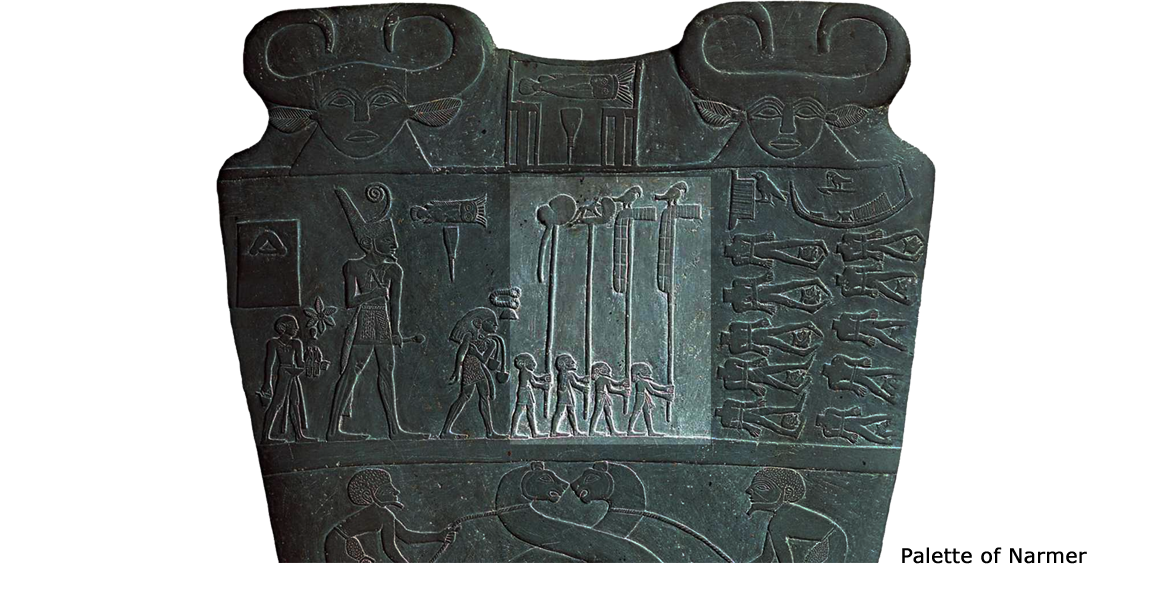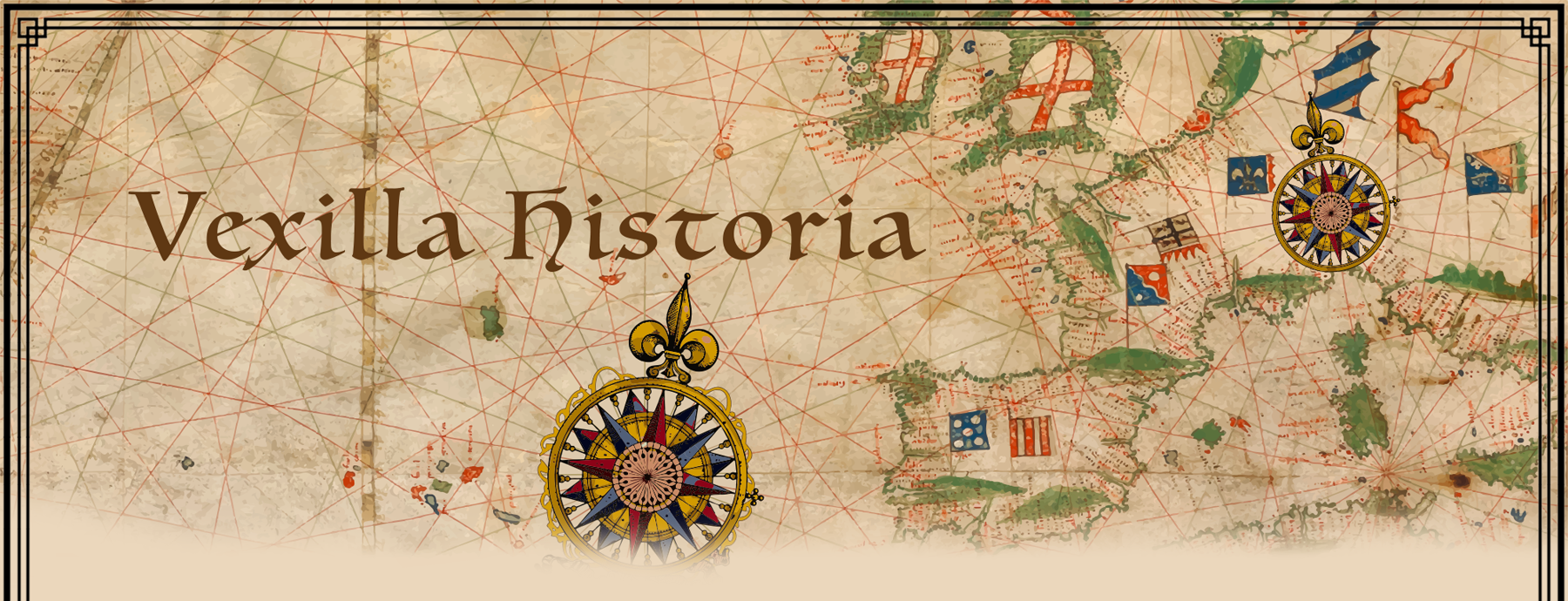|
|
|
Welcome to Vexilla Historia.
The history of flags dates back thousands of years, evolving from simple symbols into complex emblems representing nations, organizations, and causes. Early forms of flags, known as vexilloids, were used in ancient civilizations like Egypt, Persia, and Rome. These were often made of wood or metal and adorned with emblems or symbols representing the ruling authority or deity.

In the Middle Ages, flags began to take on the more recognizable form of fabric banners. Knights used flags to identify themselves in battle and tournaments, leading to the development of heraldry. These flags often bore intricate designs representing family crests, noble titles, and territorial claims.

The Age of Exploration (15th to 17th centuries) significantly expanded the use of flags. Explorers and naval ships carried flags to signify their country of origin, assert territorial claims, and communicate on the high seas. National flags began to emerge during this period, becoming potent symbols of sovereignty and identity.
By the 18th and 19th centuries, national flags became formalized and standardized. The American Revolution saw the creation of the Stars and Stripes, a symbol of independence and unity. Similarly, the French Revolution popularized the tricolor flag, symbolizing liberty, equality, and fraternity.
In the 20th century, the proliferation of new nations, especially following decolonization, led to a surge in the creation of national flags. Each new flag sought to reflect the unique identity, culture, and aspirations of its people. Modern flags continue to evolve, incorporating elements that represent not only political entities but also cultural and social movements, making them powerful symbols of collective identity and pride.
|
|
|



